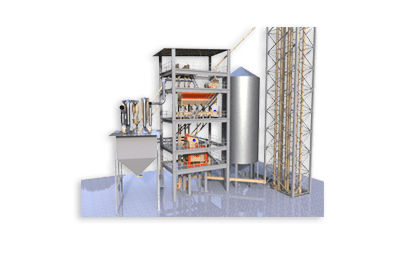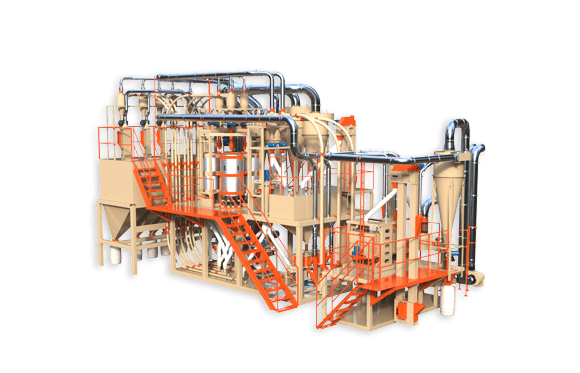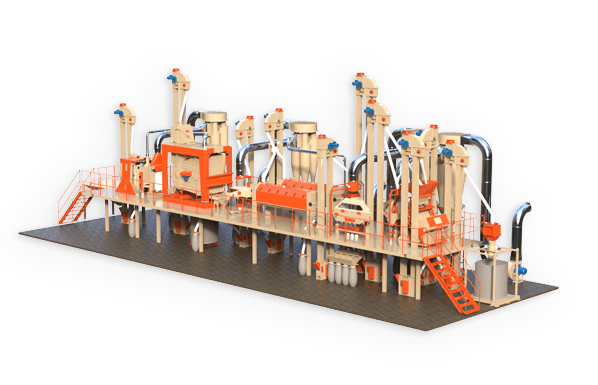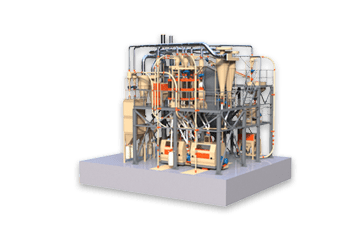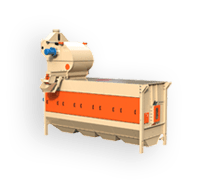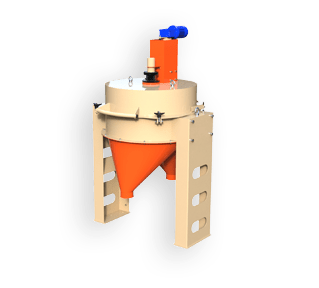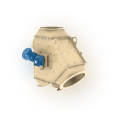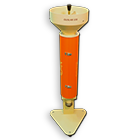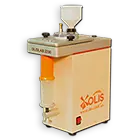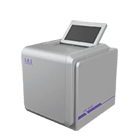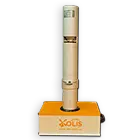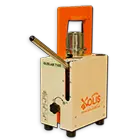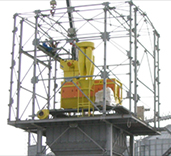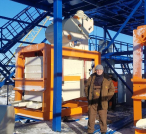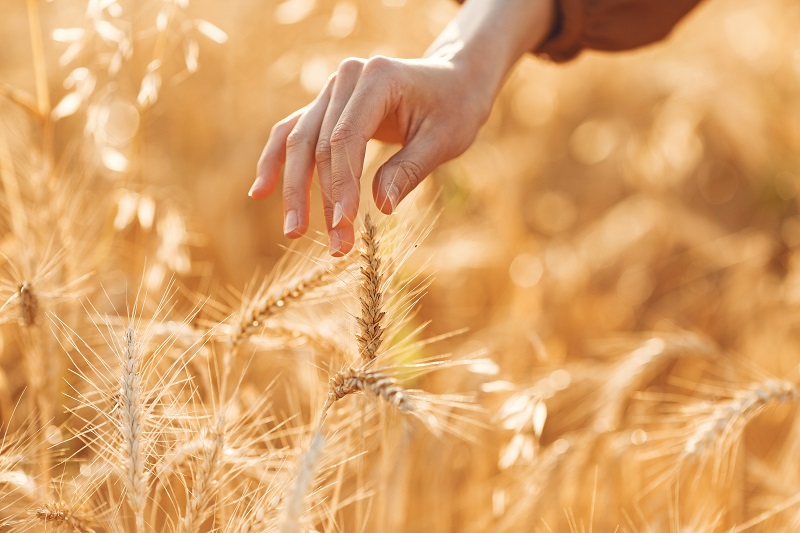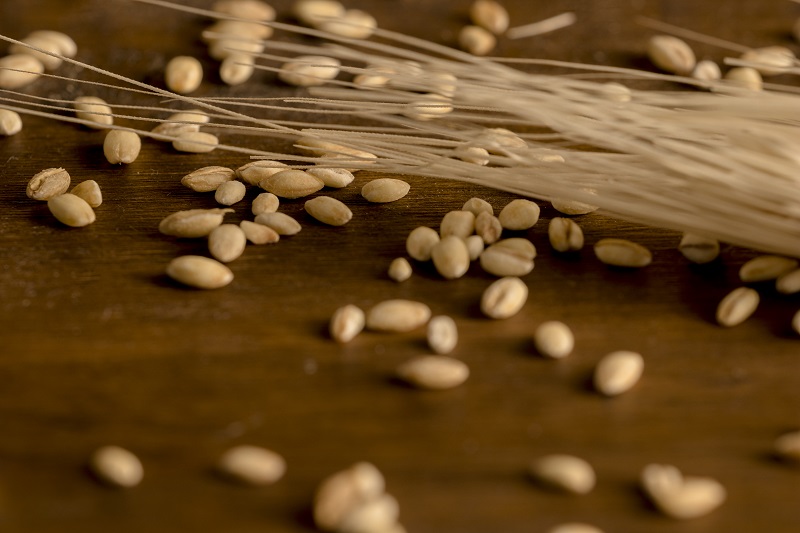In an era of widespread pesticide use, the quality of the crops harvested from the fields must be confirmed by experience. Wheat, like other types of grain, is only put on the market after it has been tested and proven safe for living organisms. In addition to environmental friendliness, other characteristics such as gluten levels, moisture content or the presence of impurities are also assessed.
The relevance of laboratory analysis of wheat
Chemical transformations of the soil as a result of the systematic use of fertilisers, insecticides and fungicides have a negative impact on the storage, transport and end use of wheat.
The requirements for wheat grains are clearly formulated in regulations, for example, DSTU 3768:2010. The main types of tests include:
- determination of the presence of protein (quantitative and qualitative analysis);
- determining the level of gluten (relevant for owners of confectioneries and bakeries, because at low levels, the flour produced is not suitable for baking bread: tears will definitely form on the crust);
- checking grain for moisture content;
- analysis of the speed of grain fall (at low values, the dough obtained from such flour will spread, and at high values it will be excessively viscous and clogged).
Only by taking these key test indicators into account will producers be able to achieve maximum demand for their products: wheat or flour derived from it, finished products. Thanks to the modern equipment of the laboratories, even advanced testing will not take more than half an hour.
Peculiarities of accurate wheat analysis
The certification of grain processing plants is only possible after an accurate analysis of wheat grains. The procedure consists of several main stages:
- Determination of grain nature (calculated in g/l and includes the calculation of moisture and protein parameters).
The following prices (including VAT) are possible when analysing the condition of the selected grain samples in accordance with the requirements of DSTU 3768:2010: - humidity – 220;
- nature – 100;
- Moisture protein per dry product – 410;
- Qualitative and quantitative gluten (QQG) – 335.50 and 220 respectively;
- Impurities (e.g. mineral additives, ore slag, damaged and fusarium grains, broken and germinated specimens) – 227
- germination energy – 299.00;
- germination rate – 260;
- Presence of hazardous chemical additives (arsenic, mercury, copper, zinc, lead), mycotoxins (aflatoxin, zearalenone, T2-toxin, deoxynivalenol, ochratoxin A), pesticide particles (metaphos, heptachlor) – 1734
- specific activity of cesium 137 and strontium 90 – 420.
Many laboratories are equipped with the latest mechanisms and tools that allow them to obtain the most reliable research results. The main set of quality markers includes colour, aroma, taste of the samples, their moisture content, insect damage and the presence of debris. However, the main criteria are still the requirements for the harmlessness of the sample under study, i.e. its testing for the presence of mycotoxins, pesticides and other toxic components.
Various laboratories successfully cooperate with large agricultural holdings and try to attract private individuals, offering them to use their services and test wheat grains for gluten, protein, safety of use and many additional characteristics. This can be a one-off study or a long-term cooperation. As a result, experts always issue an official opinion on the class and composition of the sample under study.
Depending on the tools available and the working methods used by the laboratory technicians, the process itself may differ, but the diagnostic stages are always the same. The final stage will always be the certification of the grain or a refusal to issue the necessary paperwork for its further sale.


